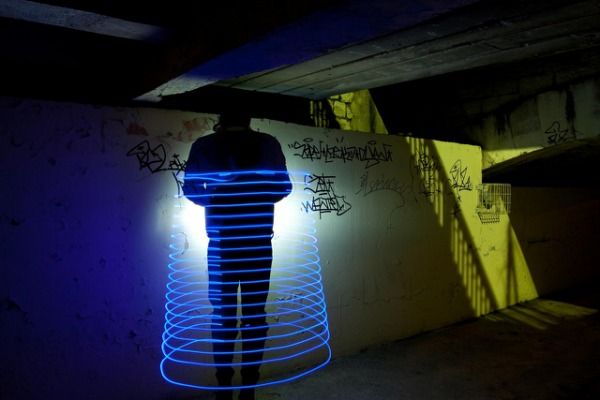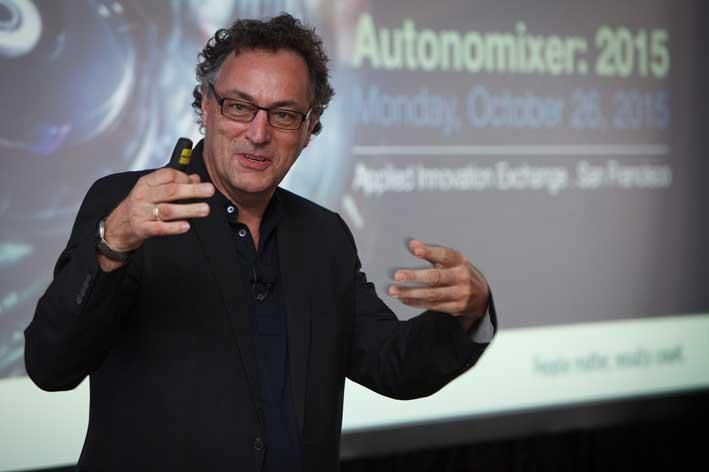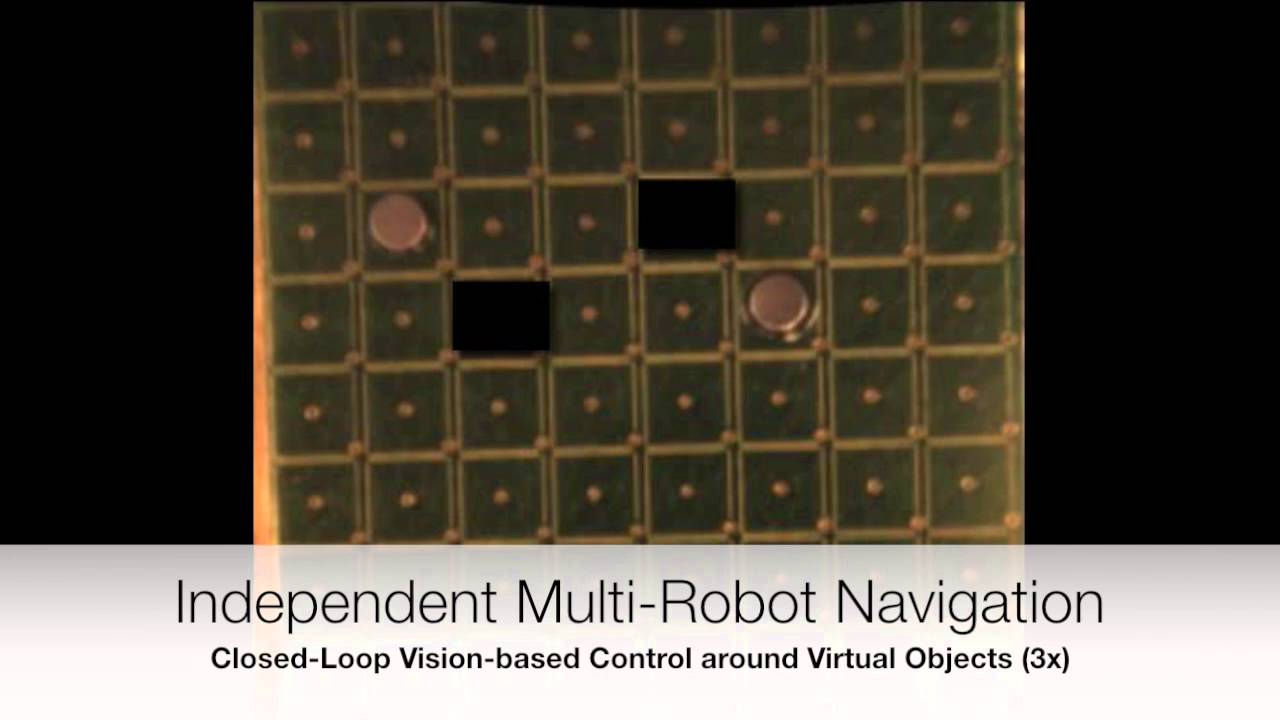I truly love teleporting.
Teleporting the memories of an organism is possible, say scientists working on making the science-fiction phenomena come to life. They have come up with a theory that uses “quantum superposition” to place a microorganism in two places at once.
The Chinese physicists have drawn up a plan to use electromechanical oscillators and superconducting circuits to “teleport” the microbe. Its quantum state will be moved elsewhere, resulting in a big first step toward human teleportation.
Tongcang Li, co-author of the study from Purdue University, said: “We propose a straightforward method to put a microorganism in two places at the same time, and provide a scheme to teleport the quantum state of a microorganism.”









